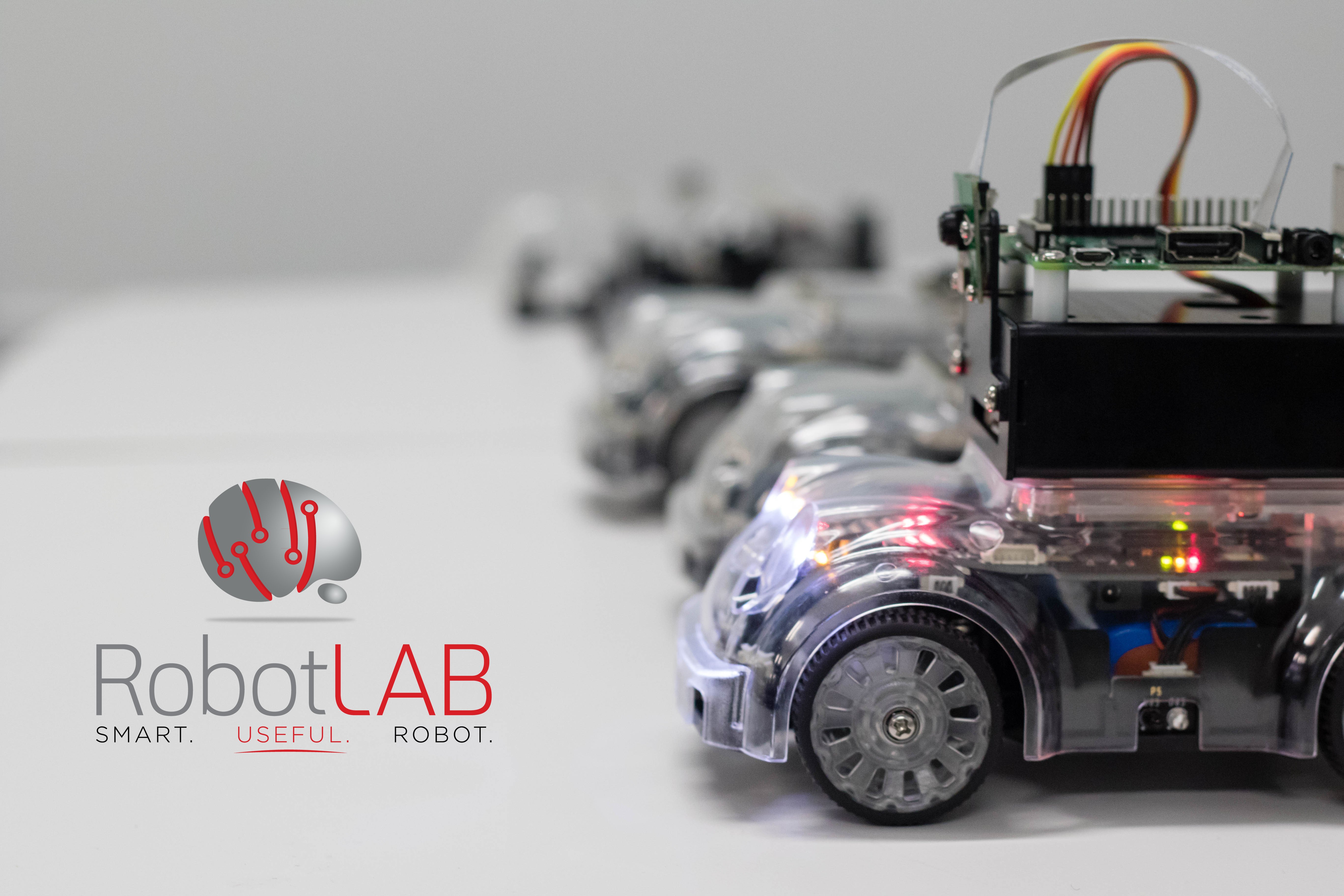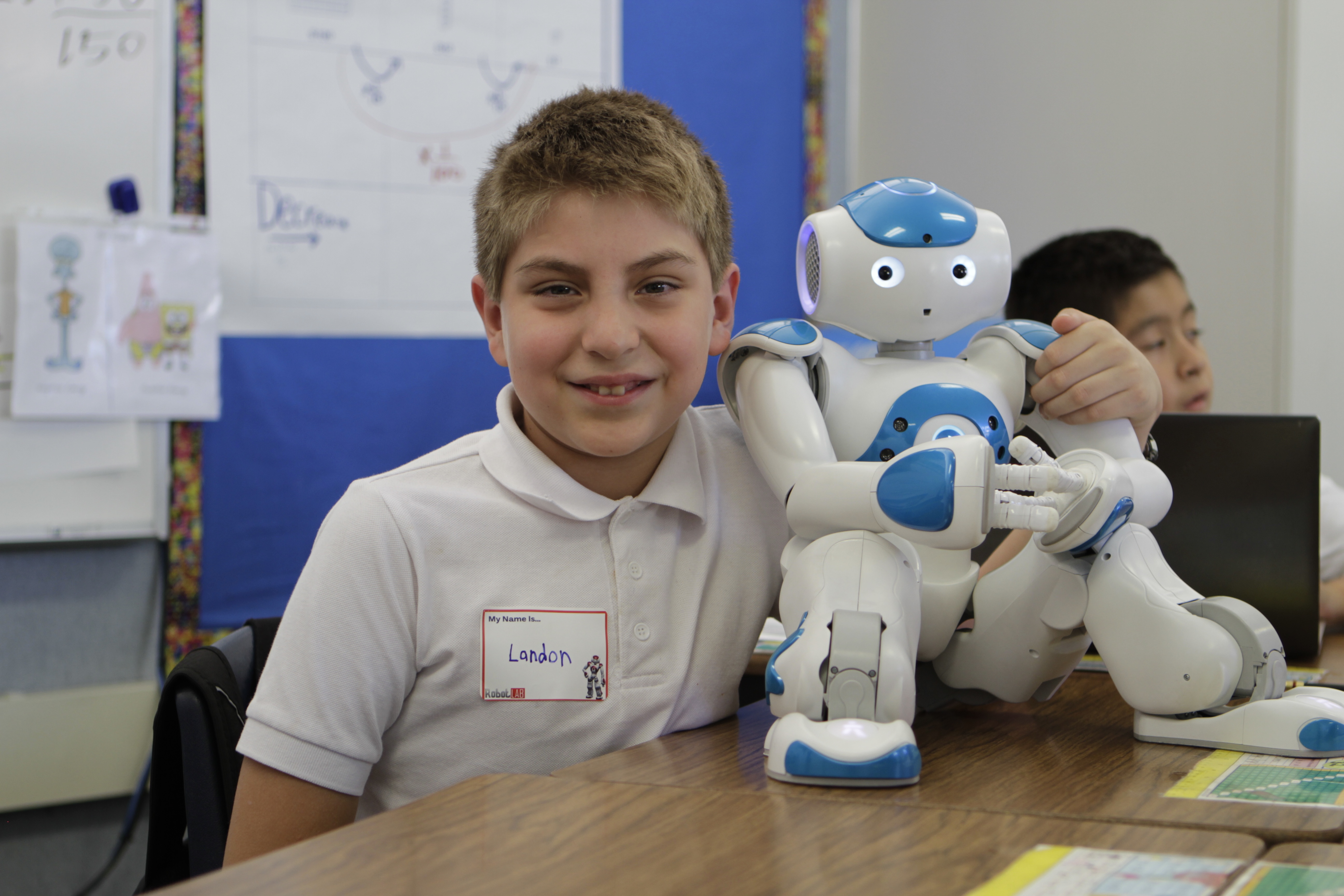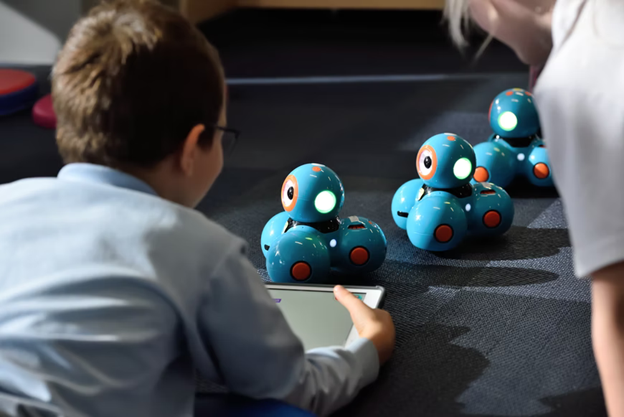Why Practical Application is Essential in Teaching STEM
By Dan Matthews
Teaching in a STEM environment is tricky. No matter how hard you try, it always seems as though some students just can’t resonate with the learning material, or have had so many negative experiences with STEM in other classrooms that they’re unwilling to try due to fear of failure or embarrassment.
This is a problem for society, as well as teachers. Many of the social issues we face require STEM-oriented solutions, yet our education system consistently produces students who feel alienated from STEM subjects, and 52% of students report that it’s too difficult.
In reality, these students probably can achieve great things in STEM fields — they just didn’t connect with the subject matter at school. As a teacher, you can overcome this by foregrounding practical application in the classroom. This will help recapture the imagination of alienated or undermotivated students and will help lift the mood in the room.
- 2 Comments
- Jan 18, 2022 10:00:00 AM
- Posted by Maria Alejandra Calcetero
- Topics: Robotics, EdTech, STEM, Education, code, 21st Century Classroom, Special Education, Artificial Intelligence, data literacy, Coding, Robots,, students, programming, Technology, VR, Realidad Virtual, STEMchat, Edchat, AI, k12, Virtual Reality, virtual learning, classroom, Inteligencia Artificial, Literacy, STEM literacy
The Evolution of Robotic Dogs: Where Is Cyber Fido Headed Next?

Robots have been a point of fascination and study for centuries as researchers and inventors have sought to explore the potential for automated technology. While there’s a long history of the development and creation of autonomous machines, mobile, quadrupedal robots — or four-legged robotic dogs — have seen a significant boom in the last few decades.
- 0 Comments
- Jan 14, 2022 10:00:00 AM
- Posted by Maria Alejandra Calcetero
- Topics: Robotics, EdTech, STEM, Education, code, 21st Century Classroom, Special Education, Artificial Intelligence, data literacy, Coding, Robots,, students, programming, Technology, VR, Realidad Virtual, STEMchat, Edchat, AI, k12, Virtual Reality, virtual learning, classroom, Inteligencia Artificial, Literacy, STEM literacy
How Artificial Intelligence is Transforming the Future of Education
-jpg.jpeg?width=1920&name=possessed-photography-jIBMSMs4_kA-unsplash%20(002)-jpg.jpeg) By Unsplash
By Unsplash
Education is heavily reliant on the use of artificial intelligence (AI) and machine learning. Schools have been forced to adapt or face the consequences.
- 0 Comments
- Jan 5, 2022 10:00:00 AM
- Posted by Maria Alejandra Calcetero
- Topics: Robotics, EdTech, STEM, Education, code, 21st Century Classroom, Special Education, Artificial Intelligence, data literacy, Coding, Robots,, students, programming, Technology, VR, Realidad Virtual, STEMchat, Edchat, AI, k12, Virtual Reality, virtual learning, classroom, Inteligencia Artificial, Literacy, STEM literacy
5 Learning Strategies That are Here to Stay

Top 10 of 2021: The pandemic threw the educational environment into chaos, but 15 months into it, it’s becoming clear that some of the pivots are here to stay.
- 0 Comments
- Jan 4, 2022 10:00:00 AM
- Posted by Maria Alejandra Calcetero
- Topics: Robotics, EdTech, STEM, Education, code, 21st Century Classroom, Special Education, Artificial Intelligence, data literacy, Coding, Robots,, students, programming, Technology, VR, Realidad Virtual, STEMchat, Edchat, AI, k12, Virtual Reality, virtual learning, classroom, Inteligencia Artificial, Literacy, STEM literacy
6 reasons to use EdTech tools to save valuable classroom time.
 Photo by www.unsplash.com
Photo by www.unsplash.com
Edtech tools can prove invaluable to teachers who have limited time to juggle planning, teaching, and grading.
- 0 Comments
- Dec 30, 2021 10:00:00 AM
- Posted by Maria Alejandra Calcetero
- Topics: Robotics, EdTech, STEM, Education, code, 21st Century Classroom, Special Education, Artificial Intelligence, data literacy, Coding, Robots,, students, programming, Technology, VR, Realidad Virtual, STEMchat, Edchat, AI, k12, Virtual Reality, virtual learning, classroom, Inteligencia Artificial, Literacy, STEM literacy
Why Learn to Code? The Surprisingly Broad Benefits of Coding

It wasn’t long ago that coding was seen by many as an odd hobby for geeks tinkering with computers in their basements. But over the past several years, coding has progressed from a hobby to a critical career skill. Even better for those hobbyists? Employers have shown a willingness to pay a premium for the work of employees with coding and programming ability.
Knowing this, you might be wondering if coding is something you should consider. But there are still a lot of questions to be answered. How long does it take to learn to code? Why should I learn to code? We asked professionals from a wide variety of careers to help answer your questions and share their thoughts on the benefits of learning to code. Whether you’re a marketer, a mom, a business owner, or just curious about the craft, we’re ready to convince you why coding is an important skill worth adding to your toolbox.
- 1 Comments
- Dec 28, 2021 10:00:00 AM
- Posted by Maria Alejandra Calcetero
- Topics: Robotics, EdTech, STEM, Education, code, 21st Century Classroom, Special Education, Artificial Intelligence, data literacy, Coding, Robots,, students, programming, Technology, VR, Realidad Virtual, STEMchat, Edchat, AI, k12, Virtual Reality, virtual learning, classroom, Inteligencia Artificial, Literacy, STEM literacy
7 Benefits of STEM Education

- 0 Comments
- Dec 27, 2021 10:00:00 AM
- Posted by Maria Alejandra Calcetero
- Topics: Robotics, EdTech, STEM, Education, code, 21st Century Classroom, Special Education, Artificial Intelligence, data literacy, Coding, Robots,, students, programming, Technology, VR, Realidad Virtual, STEMchat, Edchat, AI, k12, Virtual Reality, virtual learning, classroom, Inteligencia Artificial, Literacy, STEM literacy
The Biggest Takeaways For The Post-Pandemic Future of Education
By Lisa O’Masta, President, Learning A-Z
 Lessons learned over the course of the pandemic have highlighted ways that schools and districts can best support teachers and students.
Lessons learned over the course of the pandemic have highlighted ways that schools and districts can best support teachers and students.
- 0 Comments
- Dec 17, 2021 10:00:00 AM
- Posted by Maria Alejandra Calcetero
- Topics: Robotics, EdTech, STEM, Education, code, 21st Century Classroom, Special Education, Artificial Intelligence, data literacy, Coding, Robots,, students, programming, Technology, VR, Realidad Virtual, STEMchat, Edchat, AI, k12, Virtual Reality, virtual learning, classroom, Inteligencia Artificial, Literacy, STEM literacy
Using Gamification to Ignite Student Learning

Gamification taps into the power of non-competitive play and students’ desire to improve their skills.
- 0 Comments
- Dec 16, 2021 10:00:00 AM
- Posted by Maria Alejandra Calcetero
- Topics: Robotics, EdTech, STEM, Education, code, 21st Century Classroom, Special Education, Artificial Intelligence, data literacy, Coding, Robots,, students, programming, Technology, VR, Realidad Virtual, STEMchat, Edchat, AI, k12, Virtual Reality, virtual learning, classroom, Inteligencia Artificial, Literacy, STEM literacy
The Power in STEM Internships
By Dan Matthews
 Photo by Jeswin Thomas on Unsplash
Photo by Jeswin Thomas on Unsplash
As students move into science, technology, engineering, and math (STEM) higher education, it’s important to understand their learning experiences need to be more diverse. STEM internships are a good tool in this regard. When students can make connections with industries, mentors, and practices this can boost the outcomes of their education in a variety of areas. As their course tutor, you have a role to play in facilitating and supporting these internships while they’re still at school.
We’re going to review why STEM internships can be a powerful tool, along with some of the ways you can help set your students on a positive path.
- 0 Comments
- Dec 15, 2021 10:00:00 AM
- Posted by Maria Alejandra Calcetero
- Topics: Robotics, EdTech, STEM, Education, code, 21st Century Classroom, Special Education, Artificial Intelligence, data literacy, Coding, Robots,, students, programming, Technology, VR, Realidad Virtual, STEMchat, Edchat, AI, k12, Virtual Reality, virtual learning, classroom, Inteligencia Artificial, Literacy, STEM literacy
Relevant Posts
Popular Posts
Subscribe to Email Updates
-
I Want To Learn MoreADDITIONAL INFORMATION



